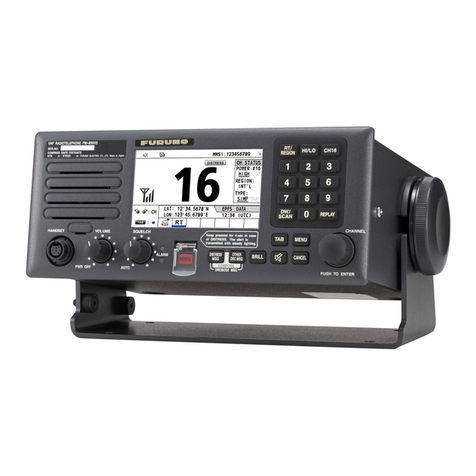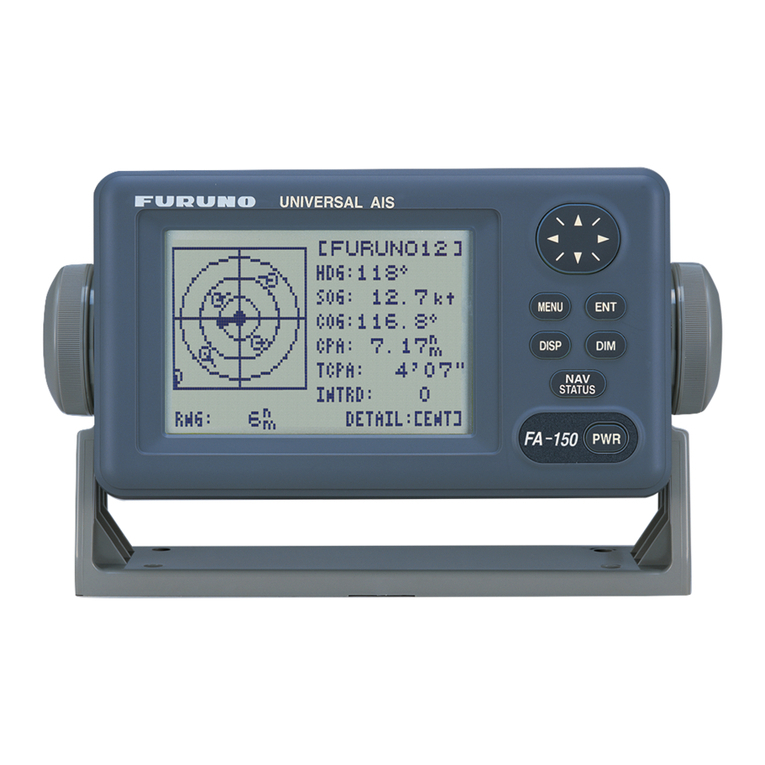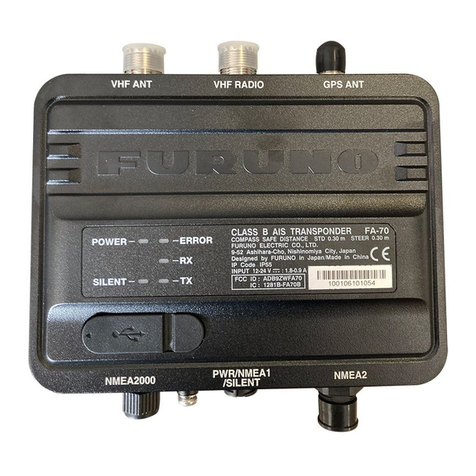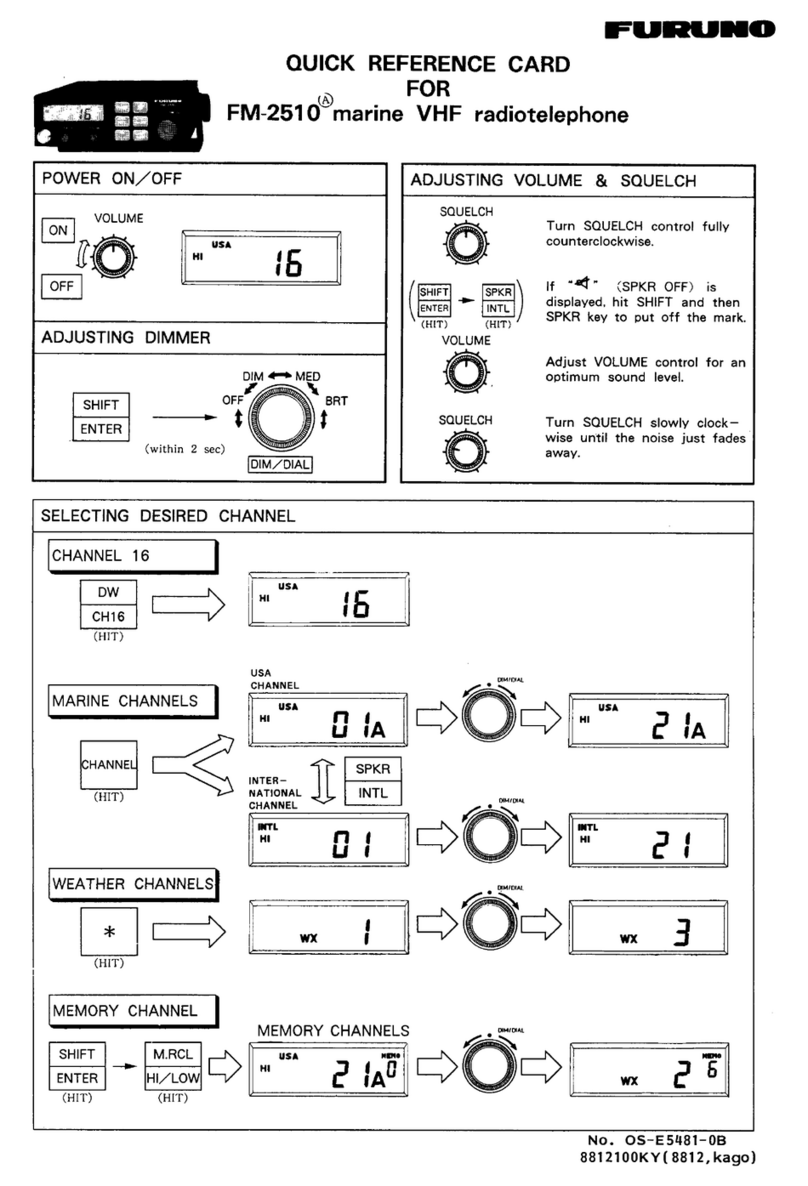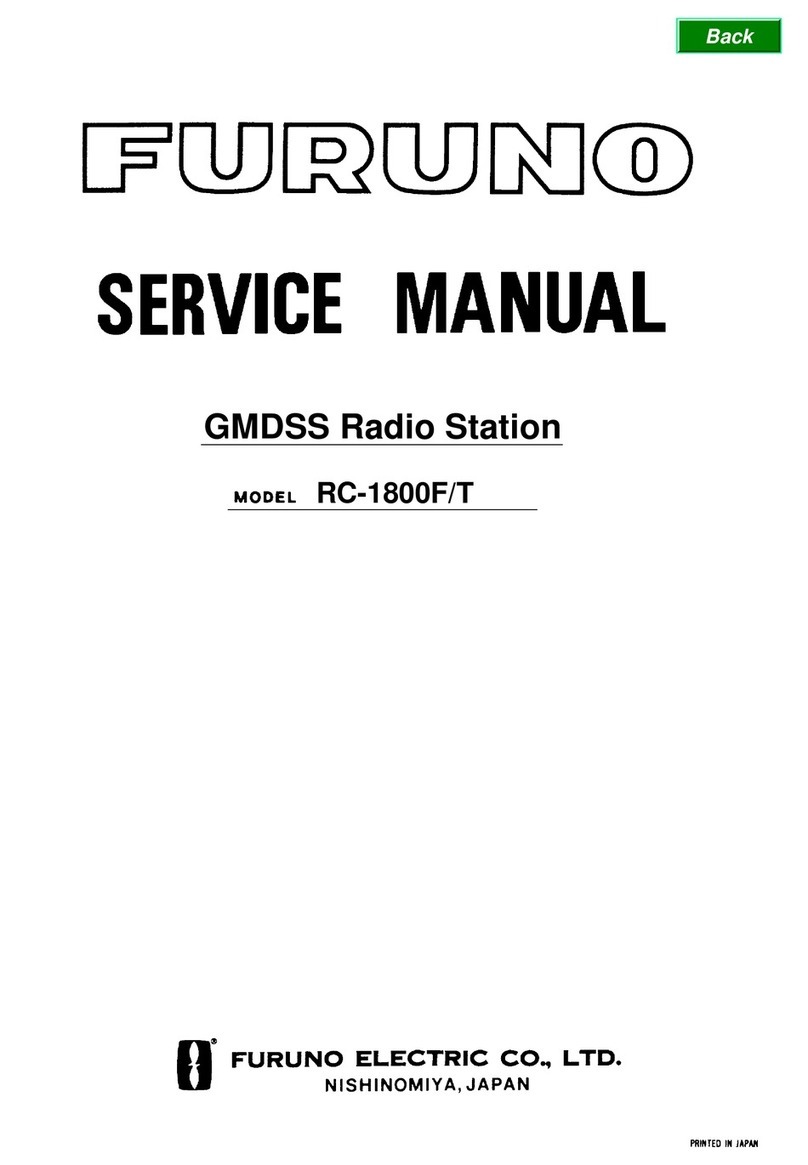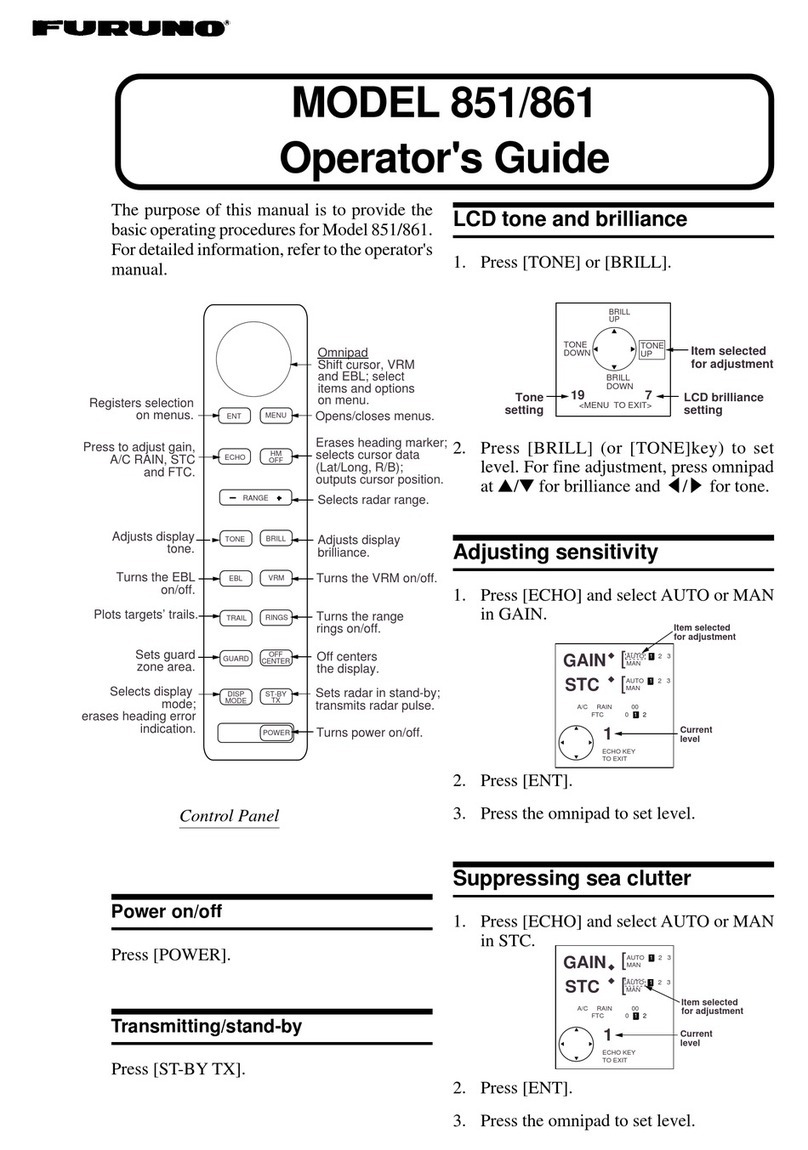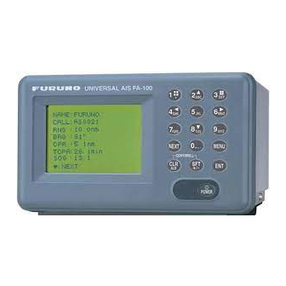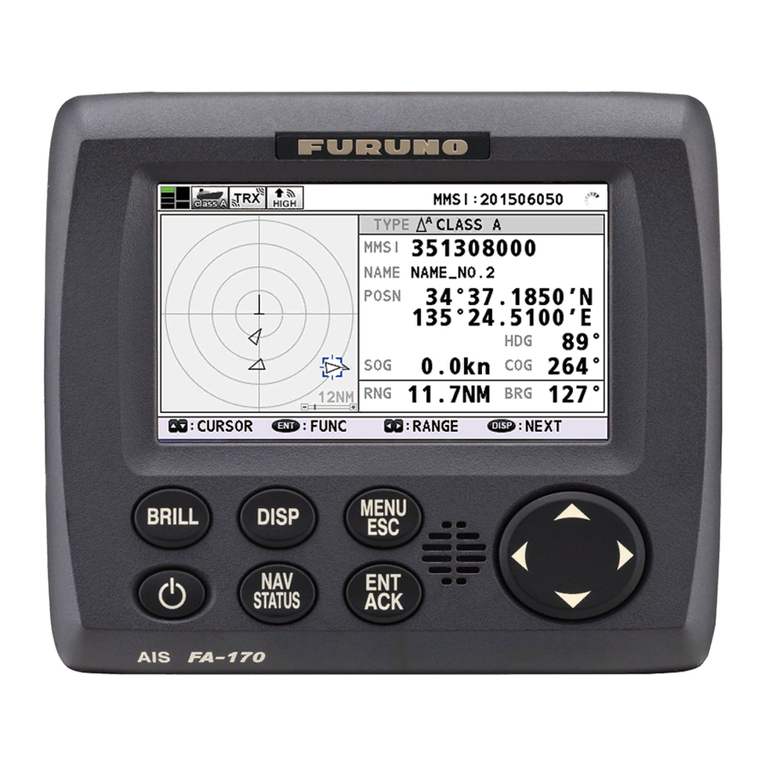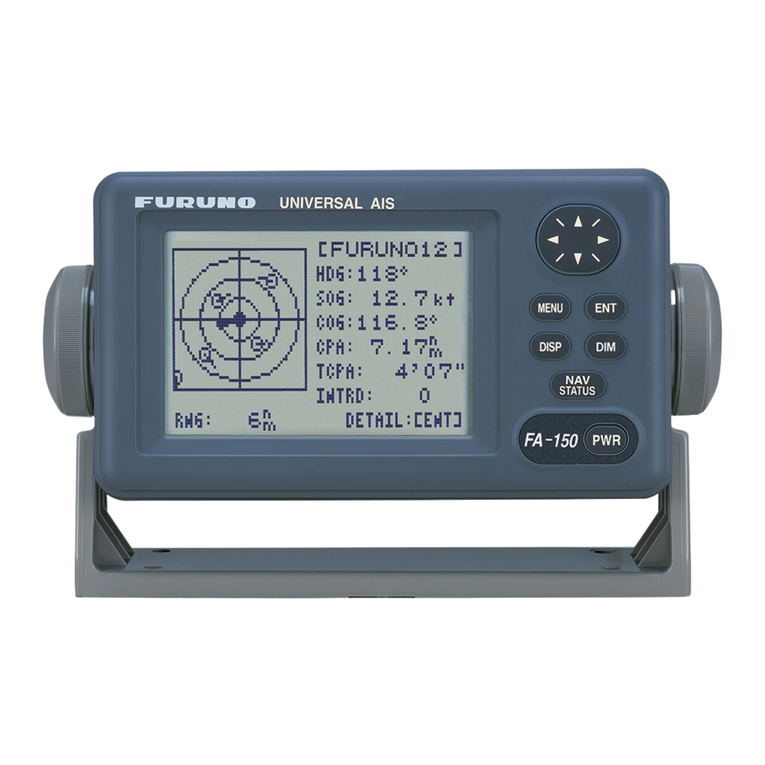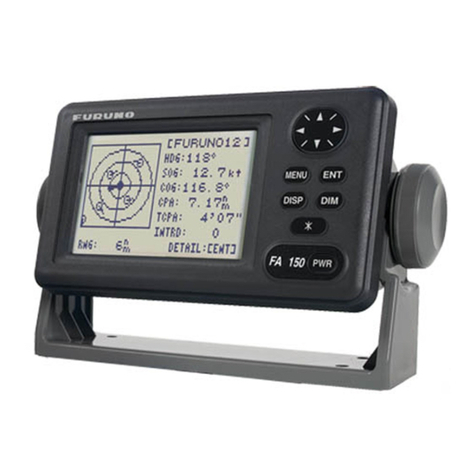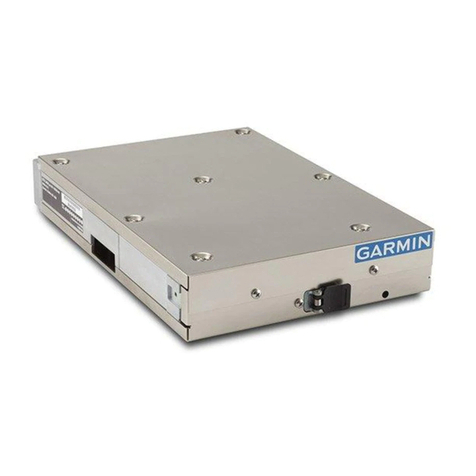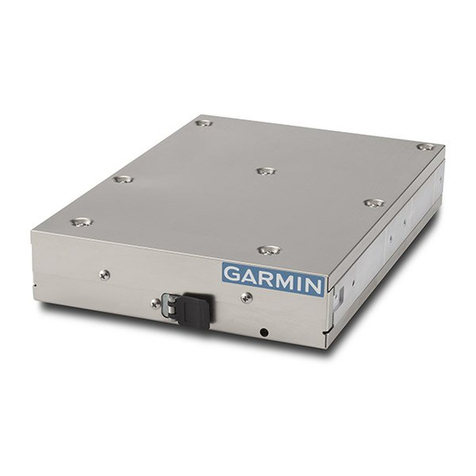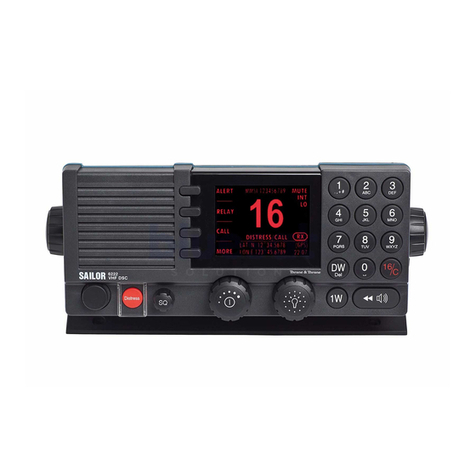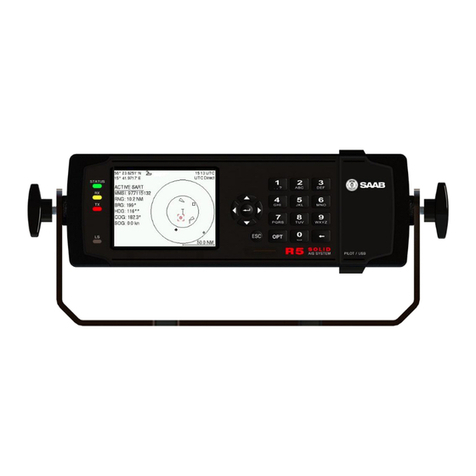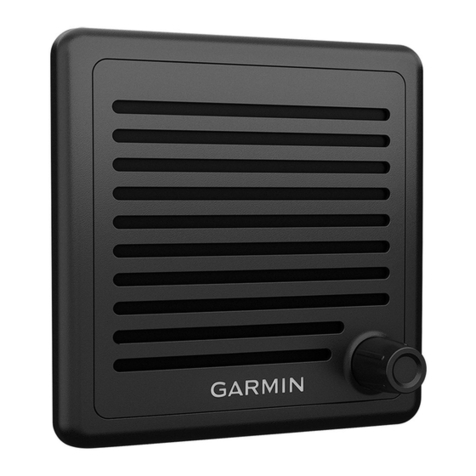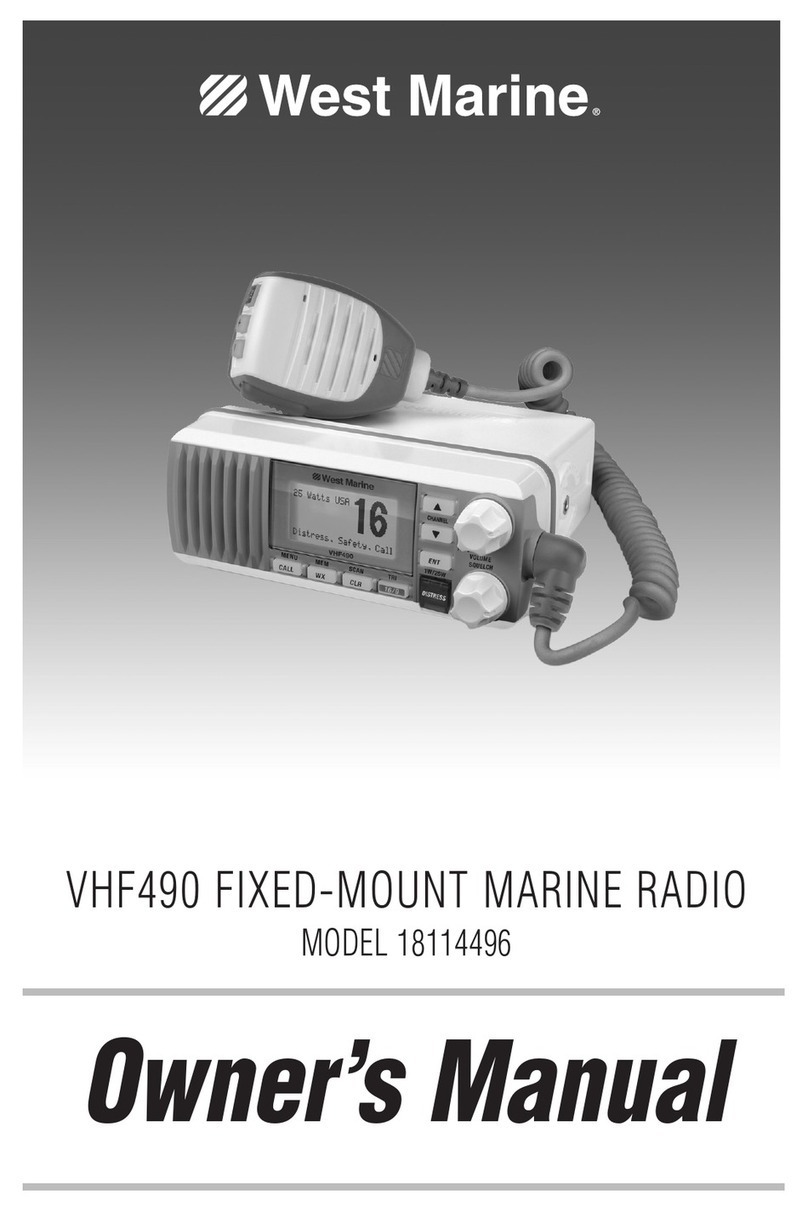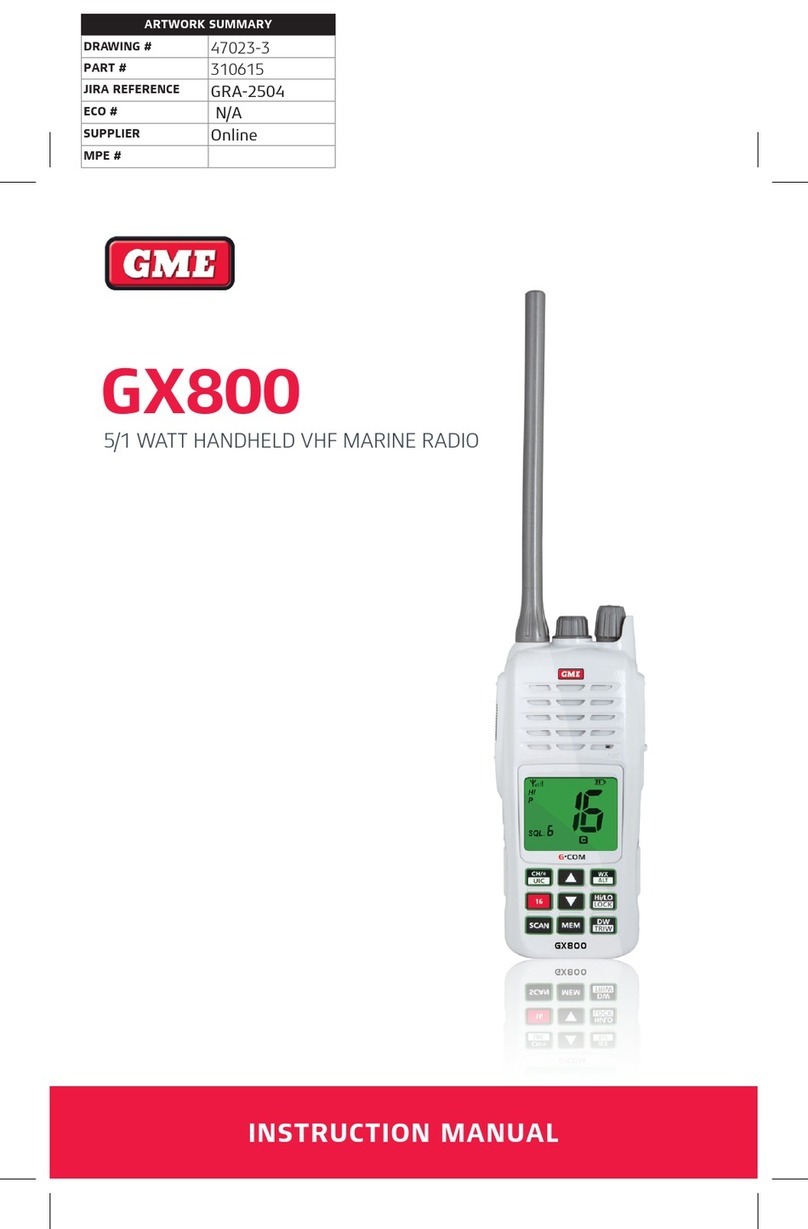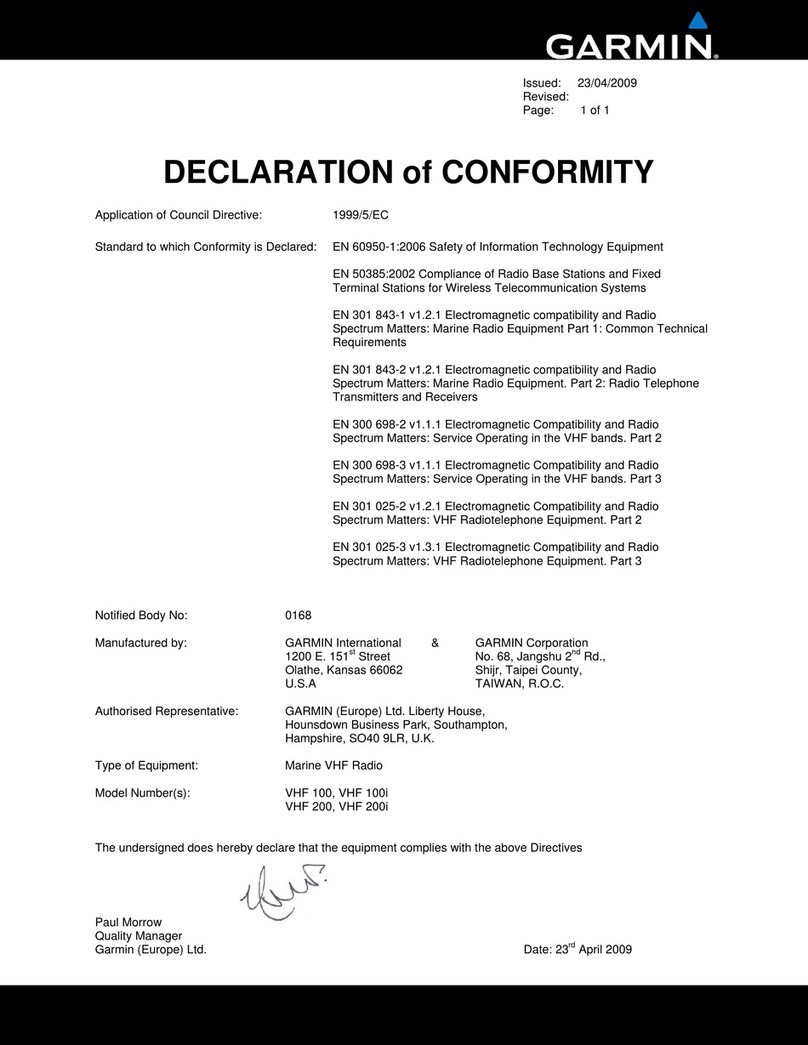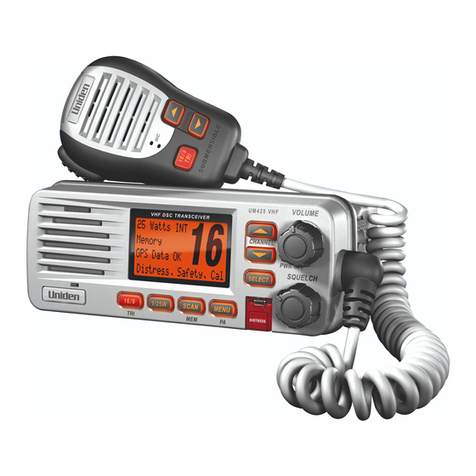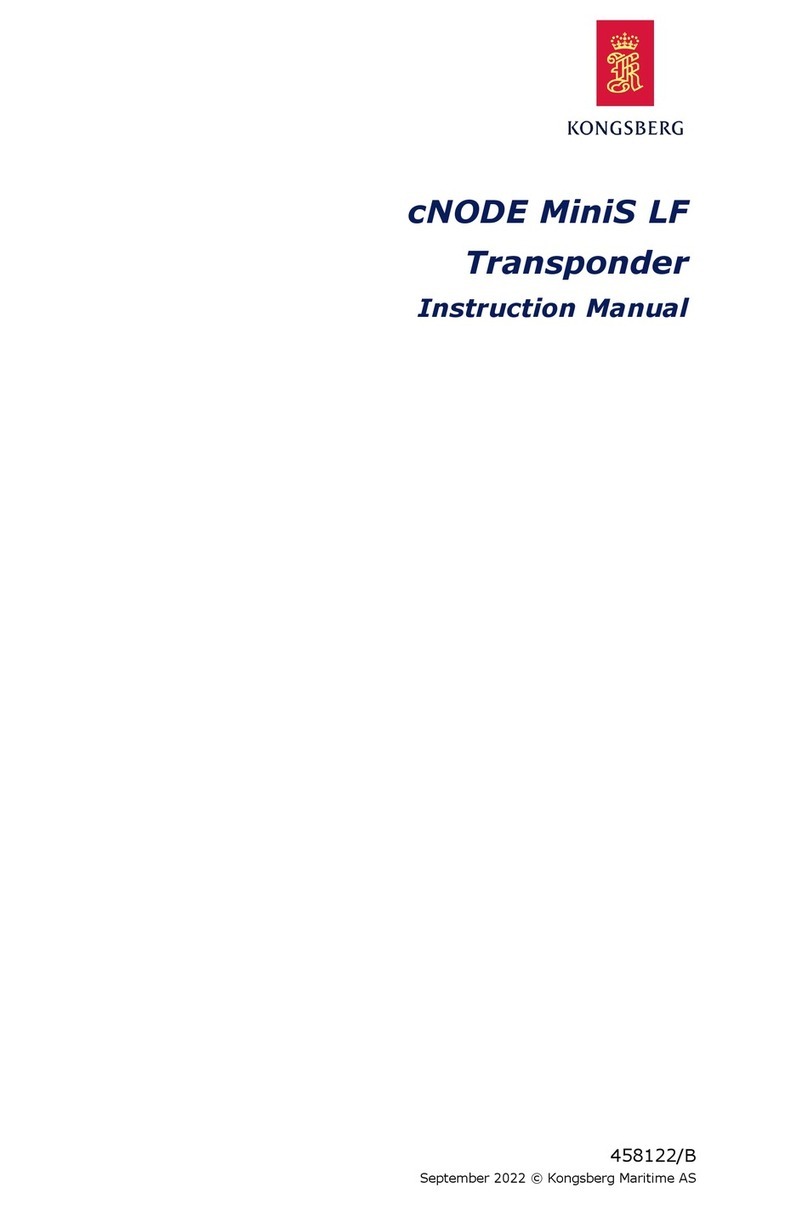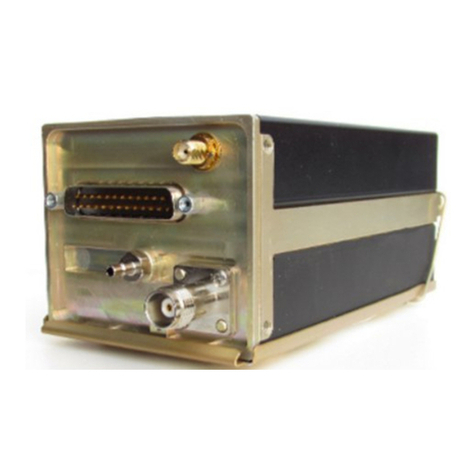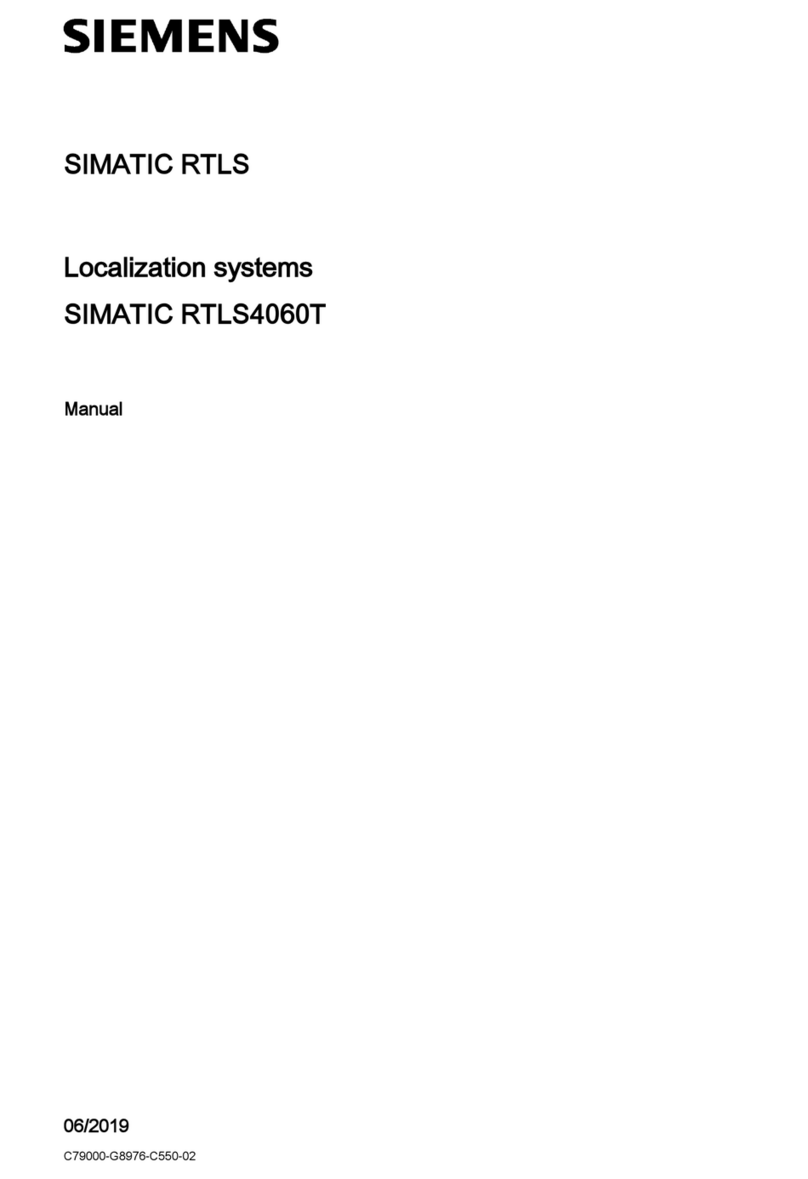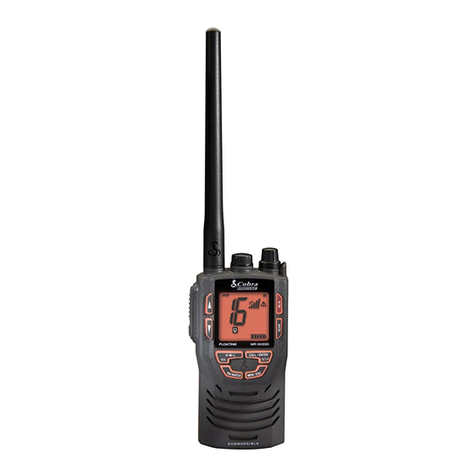viii
SYSTEM OVERVIEW
System overview
The Automatic Identification System (AIS) was originally developed to aid the Vessel
Traffic Services (VTS) by use of a VHF transponder working on DIgital Selective Call
(DSC) at VHF CH70, and is still in use along the UL coastal areas and others. Some
time later the IMO developed a Universal AIS using the new sophisticated technology
called Carrier-Sence Time Division Multiple Access (CSTDMA) based on a VHF Data
Link (VDL).
The system operates in three methods - autonomous (continuous operation in all ar-
eas), assigned (data transmission interval remotely controlled by authority in traffic
monitoring service) and polled (in response to interrorgation from a ship or authority).
It is synchronized with GPS time to avoid conflict among multiple users (IMO minimum
2000 reports per minute and IEC requires 4500 reports on two channels). The VHF
channels 87B and 88B are commonly used and in addition there are local AIS frequen-
cies. Shipborne AIS transponders exchange various data as specified by the IMO and
ITU on either frequency automatically set up by the frequency management telecom-
mand received by the DSC on ship. AIS has Class A and Class B; Class A is the stan-
dard for SOLAS ships, Class B is for non-SOLAS. There are two type of transmission
method, SOTD MA (Self Organising Time Division Multiple Access) and CSTD MA
(Carrier Sence Time Division Multiple Access). Class B is the inexpencive and simple
AIS for easy mounting on boats.
Not all ships carry AIS
VTS center
Aids to
Navigation
(AtoN)
Transponder
VTS Center transmits TDMA CH
management message including
code, type, position, etc. of buoys
every 3 min, and the AtoN broadcasts
these messages for ships.
All ships broadcast Static and Dynamic information (autonomous and
continuous mode).If OS wants to know information about ship 1, OS shall
send an interrogation in polling mode; then ship 1 will transmit her
response on the same VHF channel without operator intervention.
Interrogation and Response
Static and Dynamic information incl.
MMSI, Name, POSN, HDG, COG, SOG
Ship 1
Own ship
The VTS center transmits a command on
frequency assignment, slots, report rate,
VHF output power, channel spacing, etc.
(Assigned mode)
AIS-fitted AtoN broadcasts its
identification, type of operation,
location, displacement, etc. at
3 min intervals or at a reporting
rate designated by the
Administration authorities.
Transponder
Trans-
ponder

